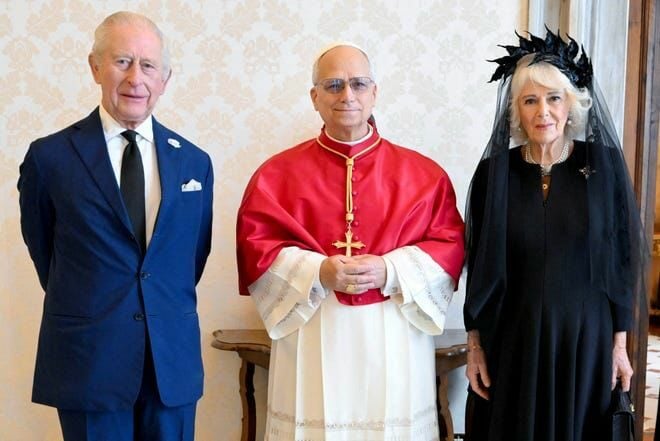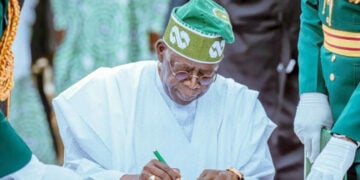In a moment laden with centuries of symbolism, King Charles III of England has become the first reigning monarch and head of the Church of England to publicly pray alongside a Pope.
The ecumenical service unfolded on Thursday within the hallowed walls of the Sistine Chapel, marking a striking gesture toward Christian reconciliation nearly 500 years after England’s break from Rome.
Accompanied by Queen Camilla, Charles III had a private audience with Pope Leo XIV in the papal library before joining a joint service presided over by the pontiff and Anglican Archbishop Stephen Cottrell.
At midday (1000 GMT), Latin chants and English prayers echoed beneath Michelangelo’s frescoes as the two leaders stood side by side near the altar. The Sistine Chapel Choir joined voices with choirs from St. George’s Chapel and the Royal Chapel, weaving Anglican and Catholic traditions into the moment.
This was the first time a British monarch had prayed publicly with a pope since King Henry VIII severed England’s ties with Rome in 1534, a rupture that reshaped faith and power across centuries.
As supreme governor of the Church of England, Charles’ participation carried both religious and diplomatic weight. In church circles, the gathering is being read as a powerful olive branch, not a step toward reintegration, but a profound act of mutual respect and rapprochement.
“This moment … offers a kind of healing of history,” said Rev. James Hawkey, a canon theologian at Westminster Abbey. “It would have been impossible just a generation ago.”
The choice of focus for the prayer — care for creation and environmental stewardship, tapped a cause shared by both men. For Charles, whose advocacy for ecological issues has been a constant, it was a fitting lens for this moment of spiritual diplomacy.
The symbolism continued after the service. At Rome’s Basilica of St. Paul Outside the Walls, the pope conferred upon Charles the honorary position of “Royal Confrater”, granting the monarch a reserved seat in the basilica’s apse, bedecked with his coat of arms and the ecumenical motto Ut unum sint (“That they may be one”).
In return, Charles approved British honours for Pope Leo, including naming him a “Papal Confrater” of St. George’s Chapel and awarding him the Knight Grand Cross of the Order of the Bath.
This event arrived in the midst of deeper currents within Anglicanism. The Church of England’s recent election of Sarah Mullally as its first female Archbishop of Canterbury had stirred controversy among more traditionalist factions, some of which questioned the authority of this appointment and the direction of Anglican identity.
Moreover, the timing offers a public respite amid the royal family’s internal turbulence. The recent resurfacing of allegations involving Prince Andrew and his ties to Jeffrey Epstein continued to attract media attention, making this Vatican visit all the more important for refocusing the public narrative.
For Vatican diplomacy, this marks a deepening of a relationship long cultivated since the mid-20th century ecumenical movements. While theological and institutional divides remain, especially on issues like women’s ordination, clerical marriage, and LGBTQ inclusion, Thursday’s gesture underscored the ambition for ongoing dialogue rather than rupture.
Over the coming days, Charles and Camilla are slated to continue engagements in Rome, meeting church leaders, Vatican dignitaries, and advocates on issues ranging from climate action to interfaith cooperation.





